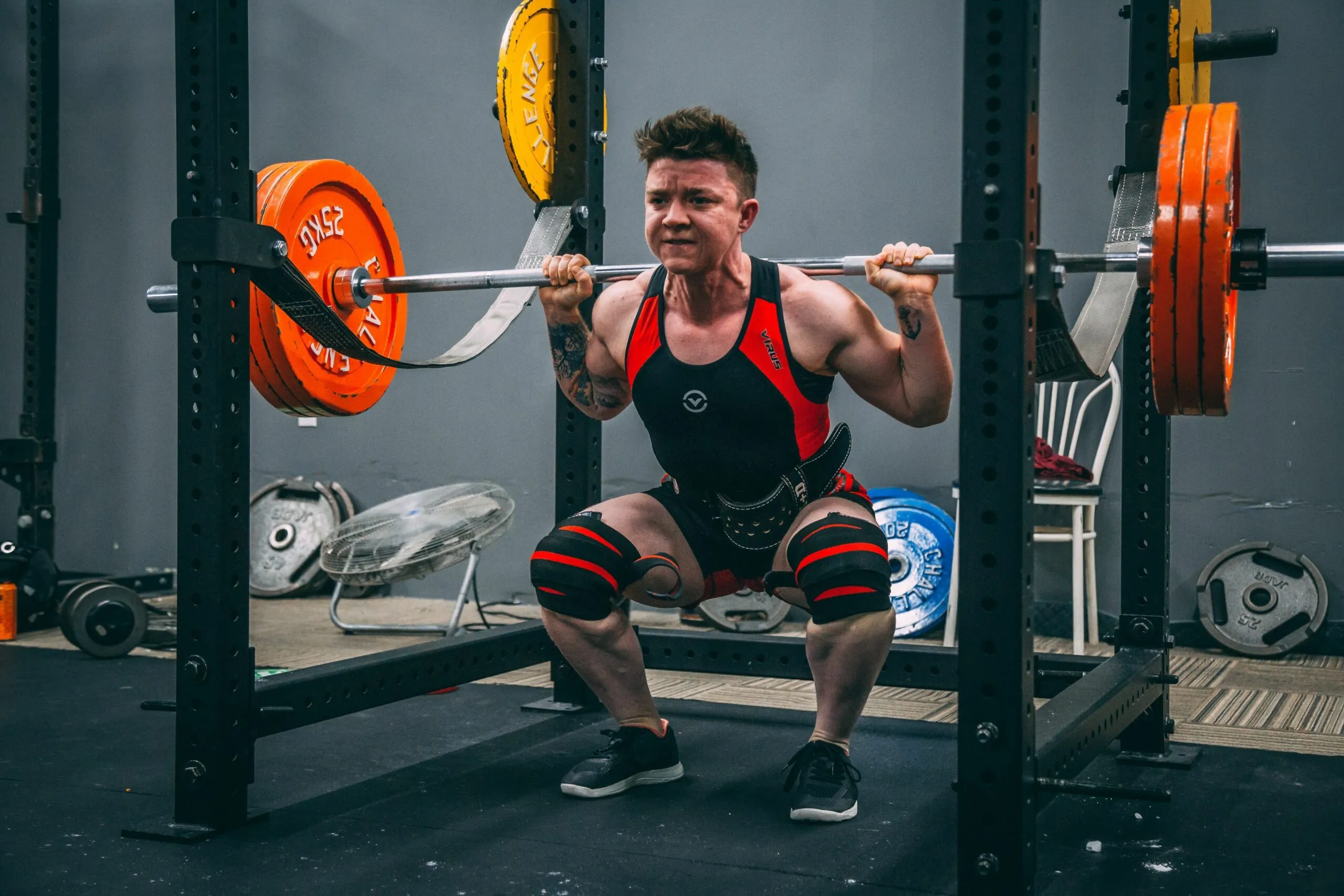#1 Ankle Mobility Exercise To Improve Squat Depth
Today we are going to be teaching you one of our absolute favorite drills to improve ankle strength and flexibility for squatting.
In general, the most efficient way to improve your squat depth is to spend more time at the bottom of the squat, but adding in direct drills to problem areas, such as the ankles, can improve how quickly you’ll see results. And for many people, one of those problem motions can be ankle dorsiflexion.
Ankle dorsiflexion is the motion of our toes coming up towards our shins, and is an important movement to have adequate flexibility because it can affect our positions when we lift. If we lack adequate dorsiflexion, then our knees will be restricted in how far forward they can travel, which can lead to issues hitting depth during squats, or result in significant amounts of forward trunk lean during squats.
To be clear, leaning forward to some degree in a squat is unavoidable, but it can be an issue if you have to lean too far forward and give up some of your movement efficiency, especially if you compete or train in sports like Olympic weightlifting and Crossfit, where being able to squat with as upright of a torso as possible is ideal.
If you train or compete in powerlifting and low bar squat with a decent amount of forward lean because that’s the position in which you’re the strongest, then you probably don’t need to worry about this. But if you do find that you have trouble hitting proper depth in your squats, listen on!
One of our favorite drills to improve ankle flexibility and strength is the tempo, paused seated calf raise. This drill is so great because it places your leg in a position that is more specific to squatting than other ankle stretches, and you’re killing two birds with one stone by building strength and flexibility at the same time.
To do this exercise, you’ll sit down on a bench with your toes elevated a few inches on a surface. You’ll then take a KB or DB and place it on top of your knee. Slowly lower your heel to the floor over a 5 second count, pause in the bottom for 3 seconds, and then return to the starting position. For an even bigger stretch, you can actively try to pull your toes up at the bottom of the movement as well.
We generally recommend 3 sets of 6-8 reps of this movement, and it can be done during a warm up before you train, or as a stand alone exercise later on in your training session.
The key with this exercise is that you want to perform it consistently several times per week, over several weeks to months in order to see true, long-term changes in strength and flexibility.
If you want to take all of the guess work out of improving your flexibility and mobility, click the link below to schedule a call with somebody from our team to discuss setting up a personalized mobility assessment!



